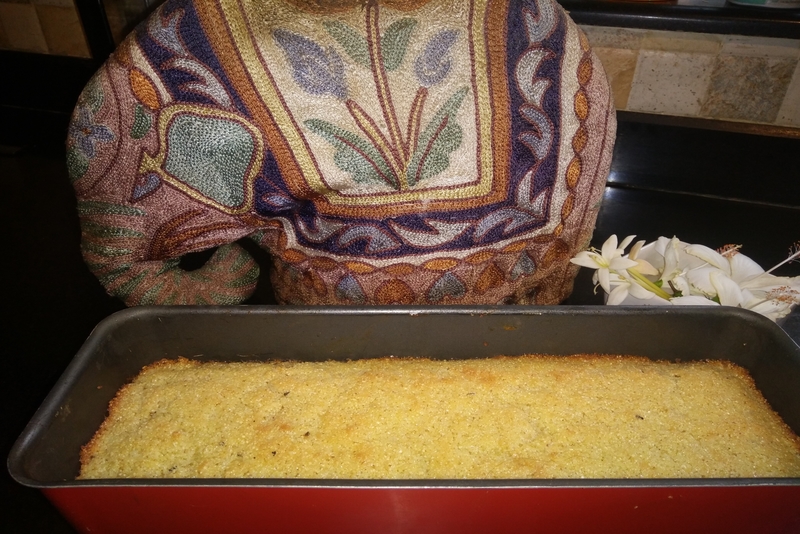The Samsung Opera House, Bangalore

While I worked in the Deccan Herald newspaper, I wrote a column on the heritage buildings of Bangalore. It was called Back and Forth! A name that made me squirm, as it was obviously incorrect! But chosen by the Editor in-charge, so, who was I to defer it?
So one day I decided to write about the Opera House. The iconic Opera House at the junction of Brigade Road and Residency Road was old and decrepit and dilapidated for as long as I knew it. But my parents swore that there were grand dances held when the British first opened it. Grand balls where the Tommies as the British soldiers were called, came with their beautiful women to dance on the fabulous wooden dance floors.
Meeting the owner K Ramakrishnan in his office, it was sad to see the state of the building inside, as he took me on a grand tour. The roof of the building was painted a beautiful sky blue and had glittering stars emblazoned on it. Stunning arched roof which were evocative of architecture back then.
However a lot of the fabulous wooden flooring had been damaged and broken by rough handling by the various hawkers who had set up shop in the building. Tenants who were refusing to leave and turned into squatters, not paying a rent.
Negotiating a half burnt beautiful wooden staircase to the upper floor, it was fantastic to look out of curved galleries over looking the dance floor. One could imagine the grandeur of a glittering bevy of beautiful women and handsome soldiers all dressed and taking swirling turns on the dance floor, to romantic waltzes being played by the attendant band.
“ There is a tunnel which goes beneath the stage through which actors could suddenly come onto the stage without mounting external steps,” he said.
However that was all in the past and here was K Ramakrishnan trying to fight eternal cases to evict the squatters. “ I have seen my grandfather and my father die sad and unhappy men spending half their days fighting court cases, to get back our property. I have vowed to carry on fighting and then bring the building back to its original grandeur. I do not intend breaking it down and building a mall,” he said very firmly.
Several decades later the building has reopened with a new branding, but it remains what it has always been: an entertainment destination. Samsung has taken over the British-era building to house what it calls its largest mobile experience centre in the world. Much of the ground floor focuses on the company’s mobile devices. But the building also showcases the brand’s other products,including TVs, refrigerators, washing machines and more, particularly some of the hightech versions.
For owner K Ramakrishnan, the inauguration of the restored New Opera House has been an emotional moment. His family had faced legal battles and life threats before he could bring the magnificent structure back to life.
“ We wanted to retain the structure so we have restored the building, as it originally was. It was bought in 1959 as a cinema hall by my father K R Kanakarathnam. We had then leased it out and that was the start of our troubles,” he explained.
The history of their battles he said were: In 1979, when the last lease expired, the lessors did not leave, and we filed an eviction suit. The litigation went on for almost 24 years. In 2003, we won the case and took possession. By then there were 53 shops, many of them small ones, inside and outside the building, within the compound.
“ I was an engineer and the youngest and my father didn’t want me to get entangled in legal battles. But I had to take over the case from him in 1996 after he lost his eyesight to glaucoma. We had to fight 53 cases filed by illegal occupants. These shops were selling short eats, clothes, pirated software. We were shocked because there were structures inside in the northern and southern corridors,” he said.
It was a tough uphill battle but as K Ramakrishnan said, “ We were asking for our property back. There were many real estate agents who came asking us to part with the land. There was emotional blackmail too, with some telling us, ‘Why should you go through all this?’ There were many who wanted to demolish the building and build afresh. But we didn’t give in,” said K Ramakrishnan.
Finally it was Samsung who was appreciative of the architecture and approached him two years ago.
“ We have restored the basic structure. Wherever there was strengthening required, with cement. The original structure was built with lime and plaster as was the custom in those days. We have used cement outside to keep it weather-resistant. We had asked Samsung to retain the original wooden flooring. In fact, there is a green room below that which is now being used as a utility centre.
“The original building,” explained K Ramakrishnan, “ was designed and built by Thomas Charles William Skipp. He must have planned many Bangalore buildings, because some advocates tell me they have seen his name in several places. Many properties on St Marks Road had his name on them as well.”
Take a trip to the Samsung Opera House and experience today’s hi-tech gadgets in a heritage building. We can enjoy the heritage structure, because the third generation owner did not look at the millions he could have made, but wanted to retain what his father and grandfather fought to get back.
What better way to respect our Bangalore heritage, rather than have yet another ugly, glass framed mall, raking in massive amounts to what end?
So one day I decided to write about the Opera House. The iconic Opera House at the junction of Brigade Road and Residency Road was old and decrepit and dilapidated for as long as I knew it. But my parents swore that there were grand dances held when the British first opened it. Grand balls where the Tommies as the British soldiers were called, came with their beautiful women to dance on the fabulous wooden dance floors.
Meeting the owner K Ramakrishnan in his office, it was sad to see the state of the building inside, as he took me on a grand tour. The roof of the building was painted a beautiful sky blue and had glittering stars emblazoned on it. Stunning arched roof which were evocative of architecture back then.
However a lot of the fabulous wooden flooring had been damaged and broken by rough handling by the various hawkers who had set up shop in the building. Tenants who were refusing to leave and turned into squatters, not paying a rent.
Negotiating a half burnt beautiful wooden staircase to the upper floor, it was fantastic to look out of curved galleries over looking the dance floor. One could imagine the grandeur of a glittering bevy of beautiful women and handsome soldiers all dressed and taking swirling turns on the dance floor, to romantic waltzes being played by the attendant band.
“ There is a tunnel which goes beneath the stage through which actors could suddenly come onto the stage without mounting external steps,” he said.
However that was all in the past and here was K Ramakrishnan trying to fight eternal cases to evict the squatters. “ I have seen my grandfather and my father die sad and unhappy men spending half their days fighting court cases, to get back our property. I have vowed to carry on fighting and then bring the building back to its original grandeur. I do not intend breaking it down and building a mall,” he said very firmly.
Several decades later the building has reopened with a new branding, but it remains what it has always been: an entertainment destination. Samsung has taken over the British-era building to house what it calls its largest mobile experience centre in the world. Much of the ground floor focuses on the company’s mobile devices. But the building also showcases the brand’s other products,including TVs, refrigerators, washing machines and more, particularly some of the hightech versions.
For owner K Ramakrishnan, the inauguration of the restored New Opera House has been an emotional moment. His family had faced legal battles and life threats before he could bring the magnificent structure back to life.
“ We wanted to retain the structure so we have restored the building, as it originally was. It was bought in 1959 as a cinema hall by my father K R Kanakarathnam. We had then leased it out and that was the start of our troubles,” he explained.
The history of their battles he said were: In 1979, when the last lease expired, the lessors did not leave, and we filed an eviction suit. The litigation went on for almost 24 years. In 2003, we won the case and took possession. By then there were 53 shops, many of them small ones, inside and outside the building, within the compound.
“ I was an engineer and the youngest and my father didn’t want me to get entangled in legal battles. But I had to take over the case from him in 1996 after he lost his eyesight to glaucoma. We had to fight 53 cases filed by illegal occupants. These shops were selling short eats, clothes, pirated software. We were shocked because there were structures inside in the northern and southern corridors,” he said.
It was a tough uphill battle but as K Ramakrishnan said, “ We were asking for our property back. There were many real estate agents who came asking us to part with the land. There was emotional blackmail too, with some telling us, ‘Why should you go through all this?’ There were many who wanted to demolish the building and build afresh. But we didn’t give in,” said K Ramakrishnan.
Finally it was Samsung who was appreciative of the architecture and approached him two years ago.
“ We have restored the basic structure. Wherever there was strengthening required, with cement. The original structure was built with lime and plaster as was the custom in those days. We have used cement outside to keep it weather-resistant. We had asked Samsung to retain the original wooden flooring. In fact, there is a green room below that which is now being used as a utility centre.
“The original building,” explained K Ramakrishnan, “ was designed and built by Thomas Charles William Skipp. He must have planned many Bangalore buildings, because some advocates tell me they have seen his name in several places. Many properties on St Marks Road had his name on them as well.”
Take a trip to the Samsung Opera House and experience today’s hi-tech gadgets in a heritage building. We can enjoy the heritage structure, because the third generation owner did not look at the millions he could have made, but wanted to retain what his father and grandfather fought to get back.
What better way to respect our Bangalore heritage, rather than have yet another ugly, glass framed mall, raking in massive amounts to what end?

Related Articles
Editor's Picks Articles
Top Ten Articles
Previous Features
Site Map
Content copyright © 2023 by Marianne de Nazareth. All rights reserved.
This content was written by Marianne de Nazareth. If you wish to use this content in any manner, you need written permission. Contact Marianne de Nazareth for details.





 -resizeimage.jpg.jpg)

